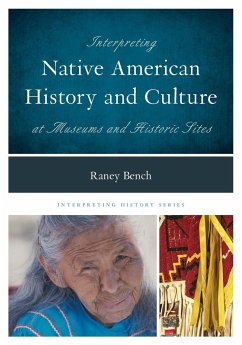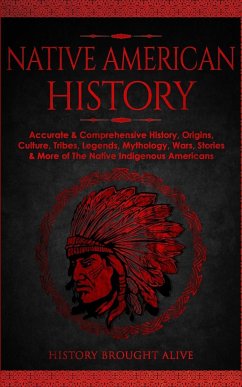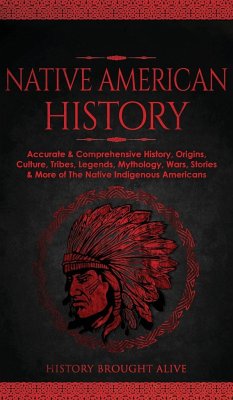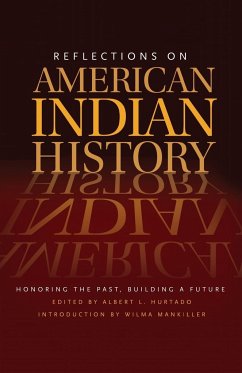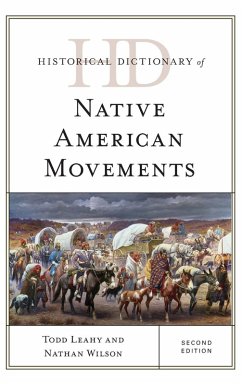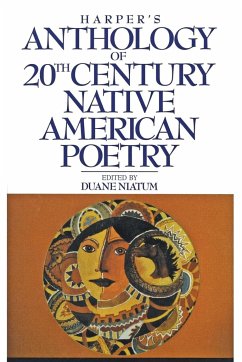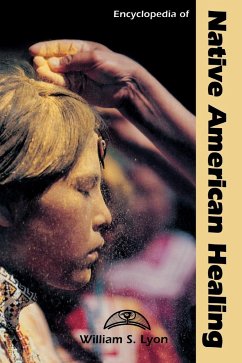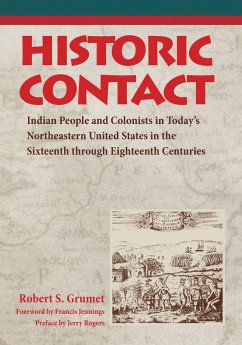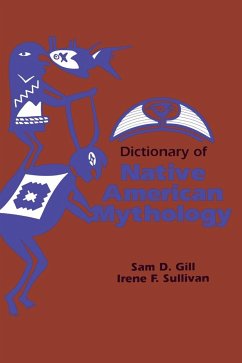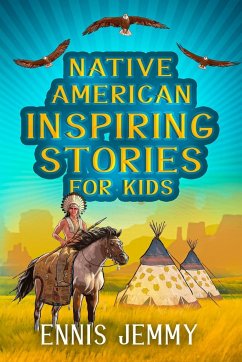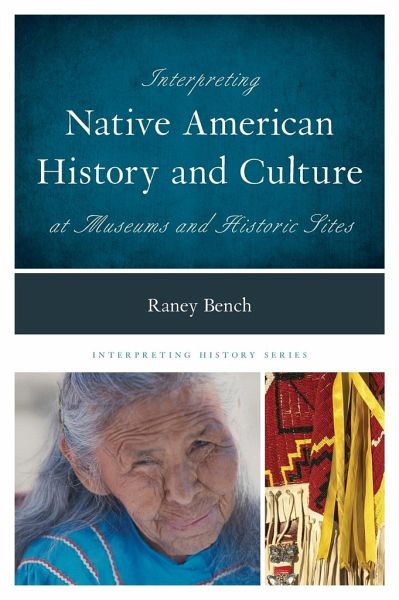
Interpreting Native American History and Culture at Museums and Historic Sites
Versandkostenfrei!
Versandfertig in 1-2 Wochen
111,99 €
inkl. MwSt.
Weitere Ausgaben:

PAYBACK Punkte
56 °P sammeln!
Interpreting Native American History and Culture at Museums and Historic Sites features ideas and suggested best practices for the staff and board of museums that care for collections of Native material culture, and who work with Native American culture, history, and communities. This resource gives museum and history professionals benchmarks to help shape conversations and policies designed to improve relations with Native communities represented in the museum. The book includes case studies from museums that are purposefully working to incorporate Native people and perspectives into all aspe...
Interpreting Native American History and Culture at Museums and Historic Sites features ideas and suggested best practices for the staff and board of museums that care for collections of Native material culture, and who work with Native American culture, history, and communities. This resource gives museum and history professionals benchmarks to help shape conversations and policies designed to improve relations with Native communities represented in the museum. The book includes case studies from museums that are purposefully working to incorporate Native people and perspectives into all aspects of their work. The case study authors share experiences, hoping to inspire other museum staff to reach out to tribes to develop or improve their own interpretative processes. Examples from tribal and non-tribal museums, and partnerships between tribes and museums are explored as models for creating deep and long lasting partnerships between museums and the tribal communities they represent. The case studies represent museums of different sizes, different missions, and located in different regions of the country in an effort to address the unique history of each location. By doing so, it inspires action among museums to invite Native people to share in the interpretive process, or to take existing relationships further by sharing authority with museum staff and board.




